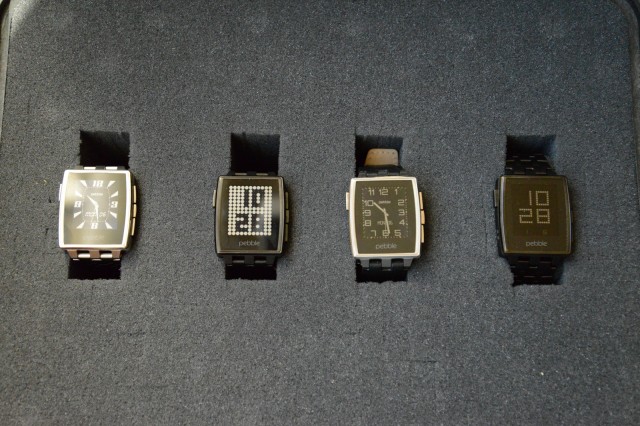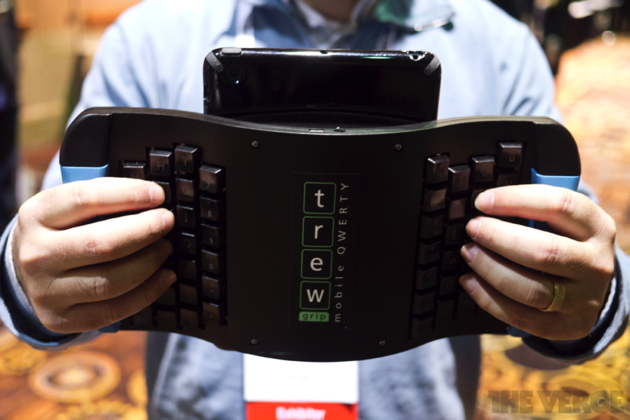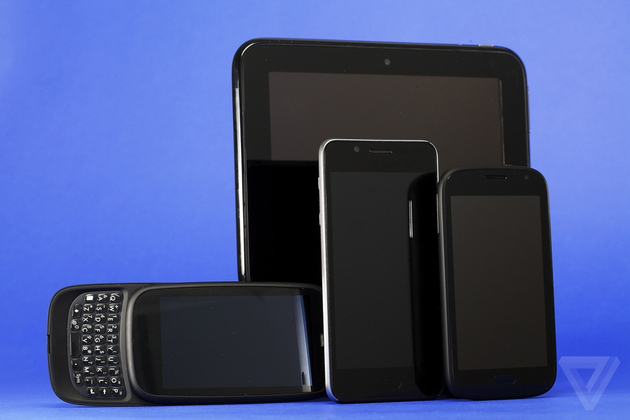
Phil Zimmermann, creator of PGP e-mail encryption, is leading a team of security industry executives building an Android phone with a variety of built-in privacy tools.
"I've been interested in secure telephony for longer than I've been interested in secure e-mail," Zimmermann said in a video on so-called Blackphone's website. "I had to wait for the rest of the technology infrastructure to catch up to make it possible to do secure telephony. PGP was kind of a detour for me while waiting for the rest of the technology to catch up to make really good secure telephony possible."
The narrator of the Blackphone video ominously says, "Technology was supposed to make our lives better. Instead we have lost our privacy—we have become enslaved." The Blackphone website says the phone will use "PrivatOS," an Android-based operating system, while letting users "make and receive secure phone calls; exchange secure texts; exchange and store secure files; have secure video chat; browse privately; and anonymize your activity through a VPN."









